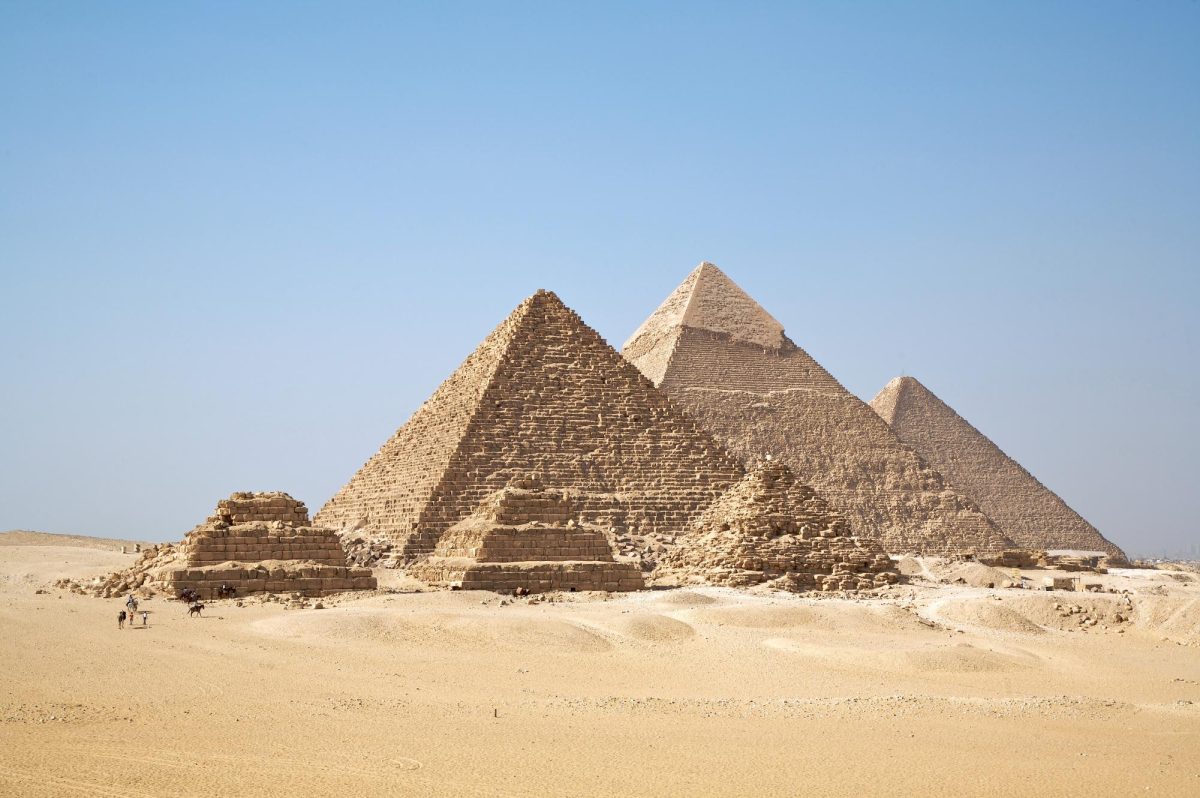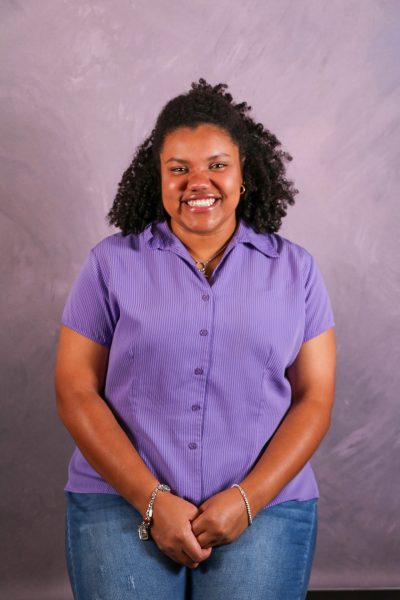The average life expectancy in America has been around the age of 79 years old for the past decade. In places like Chad and Nigeria, the life expectancy is much lower — around 54 years old, while places like Japan and Italy surpass the average lifespan in America by a handful of years.
Moreover, there are five locations across the globe where the lifespan of the people who reside there have a remarkably higher average lifespan, healthier lifestyles, and lower rates of chronic diseases. In addition, these places consistently have residents that exceed the age of 100 years old. These specific areas around the world are called “Blue Zones.”
“What began as a National Geographic expedition, lead by Dan Buettner, to uncover the secrets of longevity, evolved into the discovery of the five places around the world where people consistently live over 100 years old, dubbed the Blue Zones,” an abstract provided by the American Journal of Lifestyle Medicine explained regarding Dan Buettner’s article, “Blue Zones: Lessons From the World’s Longest Lived.”
Dan Buettner is the man behind the term Blue Zones and what it entails. Buettner is an American National Geographic researcher and journalist as well as a New York Times-bestselling author. Moreover, he is also an explorer, educator, public speaker, and co-producer of a limited Netflix series titled, “Live To 100: Secrets Of The Blue Zones.”
Blue Zones have been gaining increasingly larger amounts of attention by the public eye from those who seek to boost the likes of their lifespan. However, what most people are not aware of is that they do not necessarily need to relocate themselves to a Blue Zone to have a longer and healthier life; rather just adopt the lifestyle choices of those who have lived in the Blue Zones.
The five geographically confirmed areas where people statistically have a longer lifespan are Loma Linda, California; Nicoya, Costa Rica; Sardinia, Italy; Ikaria, Greece; and Okinawa, Japan.
Buettener and his fellow research team composed of demographers, researchers, anthropologists, and epidemiologists traveled to these established Blue Zone locations and analyzed the characteristics of each that allowed their citizens to live longer than the average individual.
Buettner and the other researchers ultimately discovered nine commonalities among the five Blue Zone locations and he labeled these characteristics, “the Power 9.”
“To make it to age 100, it seems that a person must have to win the genetic lottery. However, many individuals have the capacity to make it well into the early 90’s and largely without chronic disease. Blue Zones uncovered 9 evidence-based common denominators among the world’s centenarians that are believed to slow this aging process,” Dan Buettner stated in his article.
The Power 9 principles that Buettner assembled are: move naturally, purpose, downshift, the 80% rule, plant slant, “wine @ 5,” belong, loved ones first, and right tribe. Though these concepts might not make much sense from a general standpoint, the meaning behind each principle will make much more sense after reviewing each one.
The first principle created by Buettner, “move naturally,” describes the favorability of conventional exercise and movement of people within Blue Zones. This does not mean that they go to the gym two times a day and pump-iron until their arms and legs refuse to function, but rather it indicates that they are involved in movement on a daily basis that is a product of the environment that they live in. They take nature walks to the supermarket or grow gardens, and do housework without the typical machinelike conveniences of today’s society.
The following two principles are “purpose” and “downshift.” Having purpose simply means that the majority of people in Blue Zones possess the belief of a sense of purpose from the moment they wake up in the morning to when they lay their head down for the night.
Whereas the downshift principle indicates that the individuals in Blue Zones take the time to engage in activities and routines that shed the stress and tension that they bear. This can be something as simple as taking a few moments to pray, taking a power nap, or even going to happy hour at a local bar or restaurant. Each of these activities are unique acts of self-care that can aid in ridding stress away.
The next three principles work hand-in-hand with each other, and they are the “80% rule,” “plant slant,” and “wine @ 5.”
The 80% rule states that the people in Blue Zones refrain from eating when they are roughly 80% full. This principle ensures that they are satisfied by the food that they eat, yet they do not risk themselves to eventually become an unmanageable weight by eating more than what their bodies need.
The plant slant principle indicates how Blue Zone citizens typically follow a plant-based or plant-filled diet that ensures that fruits, vegetables, and legumes are each showcased in every meal. Most of the individuals who live in Blue Zones only eat meat around five or six times a month, and they are in immensely small portion sizes.
The “wine @ 5” proposition comes as a surprise to most people, however it is composed by the fact that in all of the Blue Zones – with the exception of one – alcohol is enjoyed regularly, yet moderately. The key to this principle is to drink only one to two small glasses per day with good friends and good food – and legally of course.
The “belong” principle is expressed by the people in Blue Zones finding a sense of belonging to a faith-based community, moreover, the denomination of the said community does not matter.
The penultimate principle, and one that is fairly simple for most individuals, is the “loved ones first” ideal. This includes committing to a life partner, keeping close with aging parents and grandparents, and taking the time to invest in their children, nieces, and nephews with love and quality time.
Lastly, the “right tribe” characteristic is illustrated by the Blue Zone citizens surrounding themselves with social cliques that exhibit healthy, morally-just, and consistent values.
“The Blue Zone regions are home to some of the oldest and healthiest people in the world. Although their lifestyles differ slightly, they mostly eat a plant-based diet, exercise regularly, drink moderate amounts of alcohol, get enough sleep and have good spiritual, family and social networks,” contributor for the Healthline website, Ruairi Robertson PhD explained. “Each of these lifestyle factors has been shown to be associated with a longer life. By incorporating them into your lifestyle, it may be possible for you to add a few years to your life.”
If you have any interest in living a healthier, more fulfilling, and longer life, it might be worth a try to learn some lessons from the people in Blue Zones who live their long lives to the fullest.
For information regarding Blue Zones and how to implement them into your life, please visit www.healthline.com/nutrition/blue-zones and www.bluezones.com/.





